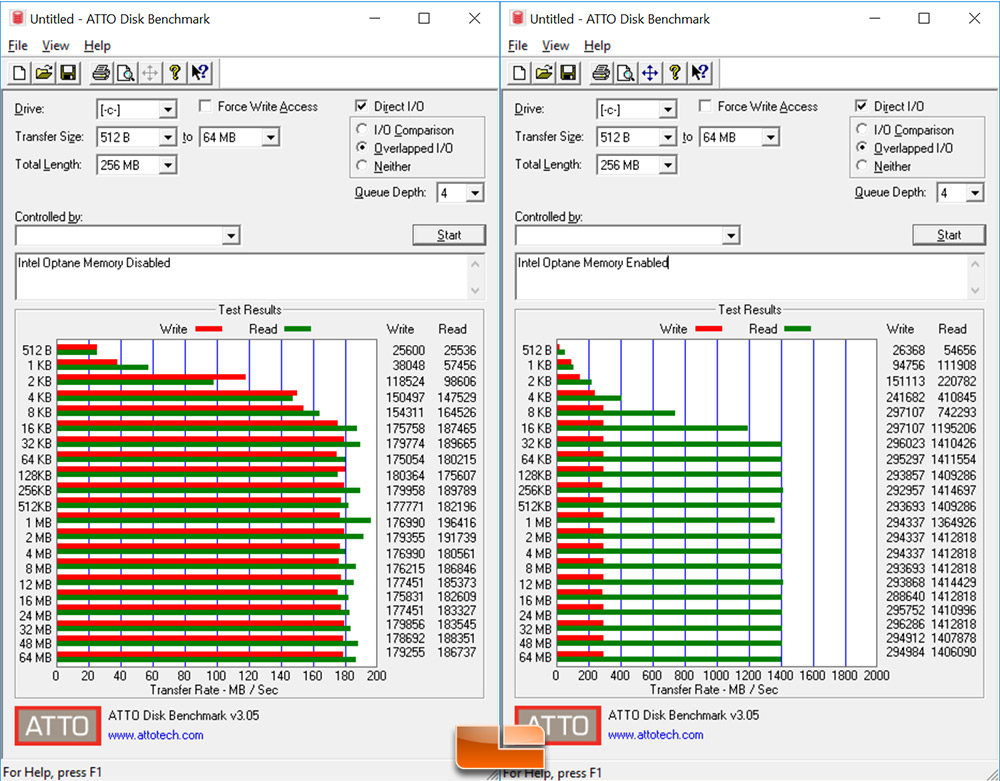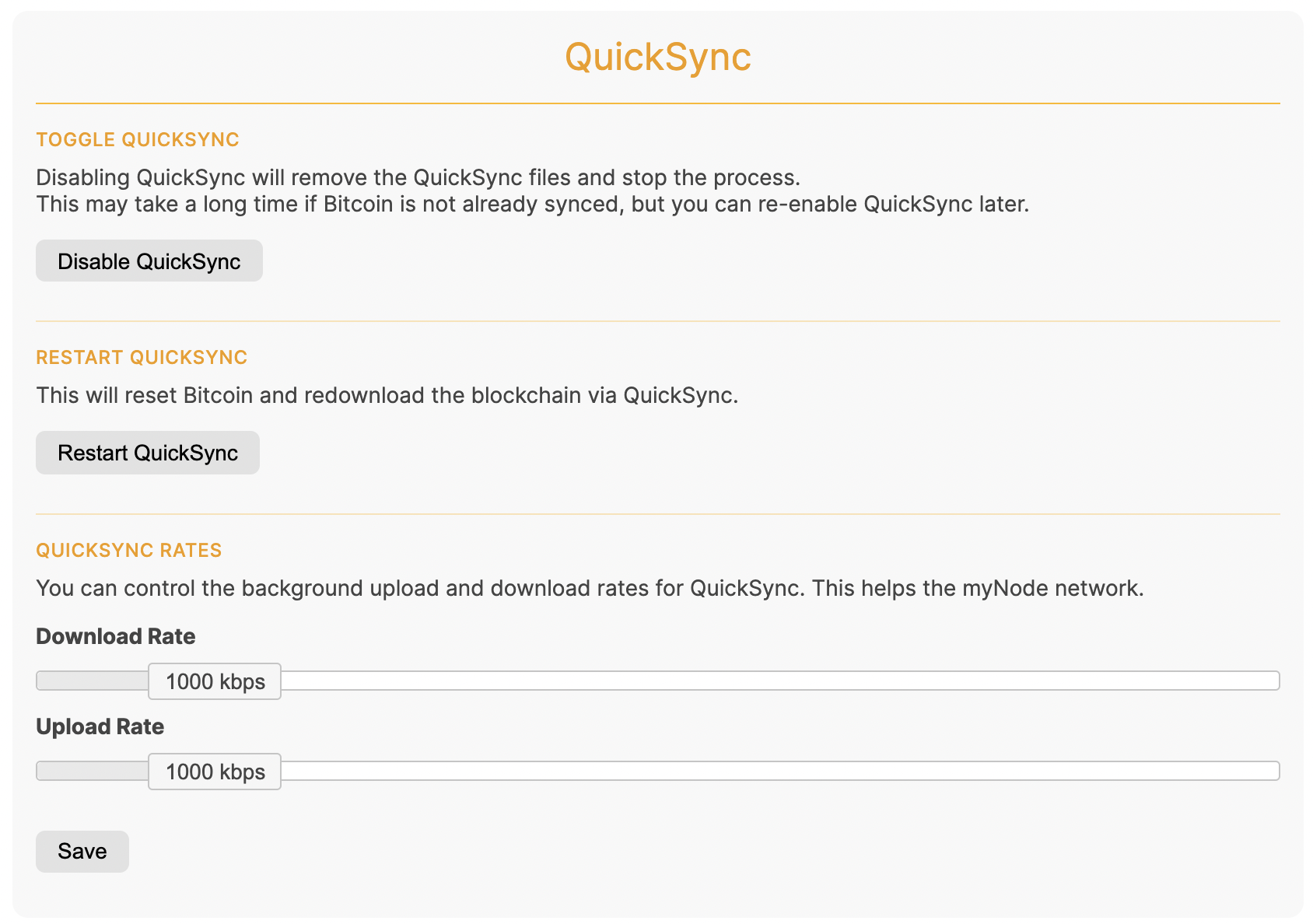
Please let me know if you still have any doubts, so we can find a better way to explain this.

In other words, it runs with the dedicated graphics media, so the performance of the GPU is going to be generally better if the clock speed and number of EUs is higher, but those are not the only factors that determine overall performance, amount of VRAM is important, OS and applications used for encoding/decoding (when talking about QuickSync).ĭepending on the requirements or what you are planning to do with video encoding, you could take into consideration check with the app developer of the application that you will use for requirements and performance recommendation, if you are planning to use this feature for video editing or any other purpose. So far, Intel has attracted Qualcomm and cloud service provider AWS, its first major customers, to use its production platforms.Intel® Quick Sync Video uses the dedicated media processing capabilities of Intel® Graphics Technology to decode and encode fast, enabling the processor to complete other tasks and improving system responsiveness. Yet, Intel seemed unperturbed by the competition within the space, being more focused on restoring its lead in the process race. Intel had for years focused on making chips for its own use, so the venture into the foundry business marked a significant strategy shift for the company. Intel’s share is minimal as it only recently started ramping up its foundry services to external customers. TrendForce data shows that TSMC has about 59% market share of the third-party chip manufacturing business, followed by Samsung at 16%. It will be challenging for Intel to penetrate and increase its share of the market. Gardner, even Intel Foundry Services, is willing to let customers use a subset of their services-even if it means they use other foundries for chipmaking and just use Intel for testing or assembly. Overall, the briefing reflected Intel executives’ optimism about the company’s future chip packaging technologies roadmap, enabling incoming chips to perform better at a lower cost. SUPPLY CHAIN Global politics to be dominated by semiconductor supply chain, says Intel boss As for the packaging technology, co-packaged optics, it is expected to go into production at the end of next year and offers higher bandwidth connections to chips. Garner even shared that Intel plans to transition to glass substrate materials, which are stiffer than the current technology and could enable better chip features. The foundation of it is really about secure supply-both from a geodiversity and Western R&D ,” he added. “Our first key solution as an Intel Foundry Services group is the open system foundry, which means letting customers pick and choose services. In comparison, most of TSMC’s chip-making facilities are in Taiwan, though the company does have some facilities and offices in the US, Europe and elsewhere in Asia. Gardner even shared the chipmaker’s plan to put more of its new assembly and advanced packaging services in New Mexico. “We have chipmaking factories and chip assembly/testing/packaging sites placed in different places worldwide, including the US,” he said. Detect the monitor from screen resolution and try to connect in vga and then extend the displays. I have three monitors, 2 connected in GPU & 1 in onboard HDMI. My Steps: Enable internal graphics from BIOS.
#Enabling intel quicksync manuals
During the virtual briefing, Intel’s Foundry Advanced Packaging’s senior director Mark Gardner explained how his company’s Foundry Services offers a compelling proposition for its customers.Īccording to Gardner, the most significant selling point for Intel is the chip giant’s more geographically secure supply chain. I searched and i find so many tutorials and manuals about enable Quick Sync. Hence its ambitions in the chip packaging services market.

Intel wants to challenge that status - at least on a technological level. TSMC currently controls more than half of the market.

In a virtual media briefing earlier this week, Intel presented its latest technology pipeline and sales strategy, signaling that it is upping the ante in its battle against the biggest chipmaker in the world, Taiwan Semiconductor Manufacturing (TSMC), to win more chip manufacturing business.

Today the company shows no signs of slowing down in its ambitions. Again, Gelsigner was set on pushing Intel to the front of the pack in state-of-the-art process technology by 2025. The US chip giant even went as far as rolling out one of its most ambitious product roadmaps in years, with a wide range of new technologies that it contends will close the performance gap with other foundry rivals by 2024.


 0 kommentar(er)
0 kommentar(er)
